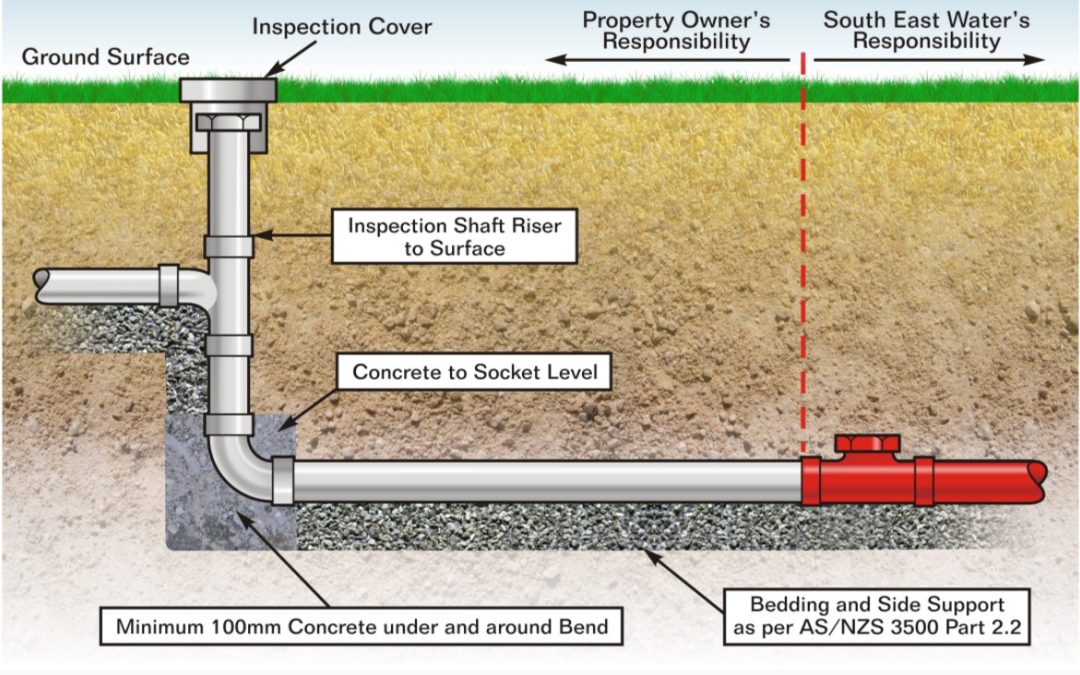Certainly, here is a more detailed description of different types of sewer systems:
Combined Sewer System: This type of sewer system collects both sanitary sewage and stormwater runoff in the same pipes. When there is no rainfall, the wastewater flows to a treatment plant for processing. However, during heavy rain events. The combined sewer system can become overwhelmed, leading to combined sewer overflows (CSOs). That discharges untreated sewage and stormwater into nearby bodies of water. CSOs can cause water pollution, which can harm aquatic life and pose a risk to human health.
Separate Sewer System: This type of sewer system has separate pipes for sanitary sewage and stormwater runoff. The sanitary sewage pipes lead to a treatment plant. While the stormwater pipes typically discharge into local waterways or retention ponds. Separate sewer systems help to reduce the risk of CSOs and can also prevent flooding.
Sanitary Sewer System:
A sanitary sewer system is a type of separate sewer system that only collects wastewater from homes and businesses. The wastewater is then transported to a treatment plant for processing. Sanitary sewer systems are designed to carry only sewage, not stormwater or other runoff.
Storm Sewer System:
A storm sewer system is a type of separate sewer system that only collects stormwater runoff from streets and other paved surfaces. The stormwater is then directed to local waterways or retention ponds. Storm sewer systems are designed to reduce the risk of flooding by quickly transporting rainwater away from urban areas.
Effluent Sewer System:
An effluent sewer system is a type of pressurized sewer system that collects wastewater from homes and businesses using small-diameter pipes. The wastewater is then transported to a treatment plant for processing. Effluent sewer systems are typically used in areas where conventional gravity sewer systems are not practical, such as in flat terrain or areas with high groundwater.
Vacuum Sewer System:
A vacuum sewer system is another type of pressurized sewer system that uses a vacuum to transport wastewater from homes and businesses. The vacuum sewer system collects wastewater from small-diameter pipes and transports it to a central collection point for processing. Vacuum sewer systems are typically used in areas where conventional gravity sewer systems are not practical, such as in hilly terrain or areas with high groundwater.
Privy Vault System:
A privy vault system is a simple and low-cost type of sewer system that collects wastewater in a sealed tank or pit. The tank is periodically emptied by a vacuum truck, and the wastewater is transported to a treatment plant for processing. Privy vault systems are typically used in rural areas where conventional sewer systems are not available.
Onsite Wastewater Treatment System: An onsite wastewater treatment system is a decentralized system that treats wastewater on the property where it is generated. These systems are typically used in rural areas or other locations where a centralized sewer system is not practical. Onsite wastewater treatment systems can include septic systems, aerobic treatment systems, and other types of treatment technologies.
Overall, the type of sewer system used depends on a variety of factors, including local topography, population density, and the availability of funding. Each type of sewer system has its own advantages and disadvantages, and the choice of system can have significant implications for public health, environmental protection, and overall community well-being.

